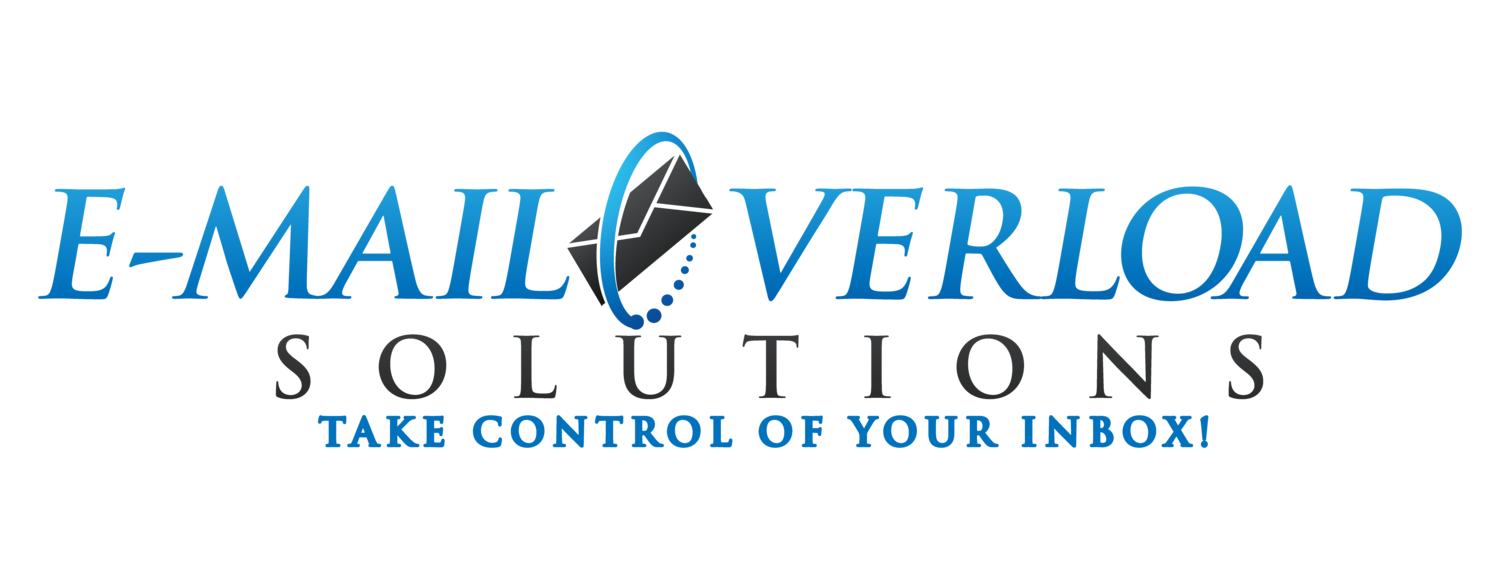Behavioral Email Tips
Top 10 Behavioral Email Tips to Reduce your Email Overload:
Behavioral approaches to reducing Email overload focus on improving the knowledge, actions, and behavior of the individual senders and recipients.
These behavioral Email tips incorporate the areas of media competencies, distraction reduction, and Email processing and triage, and focus on teach people to "use Email more effectively".
- Set several, defined times each day to perform a full review of your Inbox.
- Eliminate notifications for new Email messages (except perhaps for your boss or significant other). This will help you to avoid getting side-tracked and stay focused on important work.
- Reduce the quantity of incoming Email messages, especially irrelevant and non- critical messages. Ask others to not send you simple “ok” and “thanks” messages.
- Keep your business and personal Email accounts segregated. This lets you focus your attention on either your “business world” or your “personal world”.
- It can be hard to believe, but you “get less if you send less!” A significant volume of incoming messages can be a result of your own messaging, copying, or “reply all” behaviors.
- Although Email is a highly efficient means of communication, it is not always the appropriate medium for all types of information exchange. Use alternate media in place of e-mail where appropriate, such as IM/Chats, Wikis/Blogs, and aggregated Email newsletters.
- Never substitute Email for a necessary face-to-face meeting, or even a phone call, where you have the ability to regulate the conversation and gauge feedback and sense emotion and tone, especially for sensitive matters or potentially difficult conversations.
- When reviewing your Inbox, Scan the entire Inbox for new messages. Handle high priority items first and then quickly eliminate all the junk and simple items. This allows you to then focus the bulk of your time on the remaining messages that comprise your “core work”.
- Set aside dedicated time each week for you to perform a full and detailed review of your entire Inbox, Task List (if you use it), and Calendar. Use this time to clean-out and archive messages, update tasks, and review and adjust your schedule.
- Learn and/or develop an Email Processing and triage methodology and follow it, but feel free to experiment with utilizing features in ways that work best for your personal needs and processing style.
These behavioral Email tips and approaches, the way you interact with, and react to Email, are yet another critical component to improving Email skills and reducing your Email overload.







